In today’s business landscape, for production-oriented enterprises and sales-oriented enterprises, delivery is a crucial part of their operations. When it comes to cross-provincial and cross-city deliveries, logistics distribution is often the preferred choice. Eia naʻe, for deliveries within cities and counties, trucks play a vital role. In recent times, many enterprises have been choosing to buy kaʻa uilas. Let’s take a detailed look at “Why buy an kaʻa uila and what are its advantages?”.
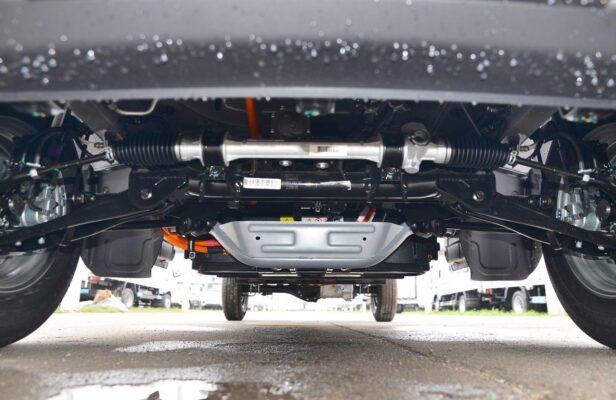
Advantages of buying an electric truck:
- Can meet the needs of most enterprises.
Although kaʻa uilas may not have the same cargo volume as traditional fuel trucks, they still offer significant carrying capacity. Kaʻa uilas can typically carry up to 3 tons of cargo, which is sufficient for the distribution needs of many urban areas. This makes them a practical choice for businesses that operate within cities and need to transport goods on a regular basis.
ʻo kahi laʻana, a small to medium-sized manufacturing company that supplies products to local retailers can use an kaʻa uila to transport its goods. The 3-ton cargo capacity allows them to move a significant amount of inventory in a single trip, reducing the number of trips required and increasing efficiency.
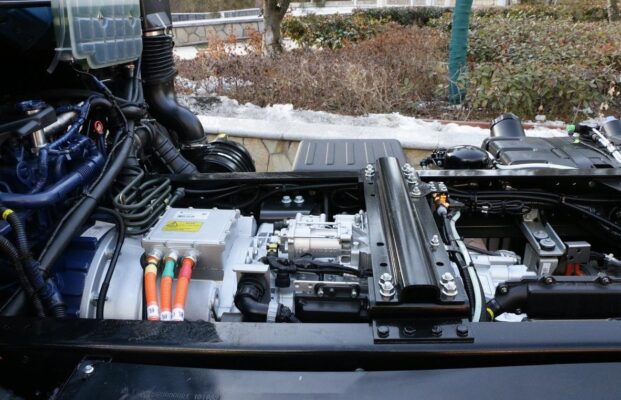
In addition to the cargo capacity, the price of kaʻa uilas is often cheaper than that of gasoline trucks. This cost advantage is a significant factor for many enterprises. Just from the cost perspective, businesses are likely to choose kaʻa uilas. The lower purchase price means that enterprises can invest less upfront capital, leaving more resources available for other aspects of their operations.
ʻo kahi laʻana, a startup business that is on a tight budget may find that an kaʻa uila is a more affordable option compared to a gasoline truck. This allows them to enter the market and start delivering their products without having to spend a large amount of money on transportation equipment.
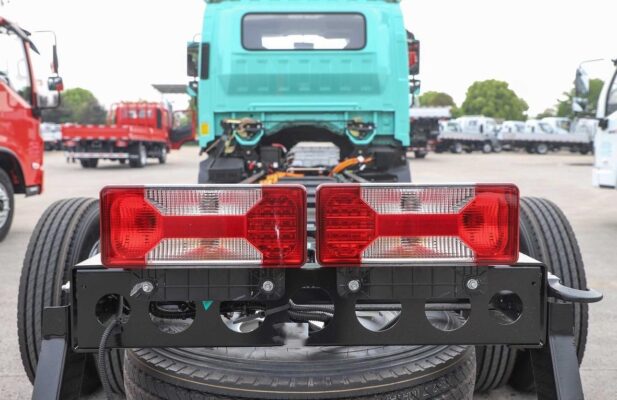
- Low usage cost.
One of the major advantages of kaʻa uilas is their low usage cost. Unlike gasoline trucks that rely on expensive gasoline for fuel, kaʻa uilas are powered by electricity. This means that they do not require gasoline, which can save businesses a significant amount of money over time.
Gasoline prices are known to be volatile and tend to rise over the years. By using an kaʻa uila, businesses can avoid the fluctuating costs of gasoline and enjoy more stable and predictable operating expenses. ʻo kahi laʻana, a delivery company that operates a fleet of trucks can save a substantial amount of money on fuel costs by switching to kaʻa uilas. The savings can be reinvested in the business or used to lower prices for customers, giving the company a competitive edge.
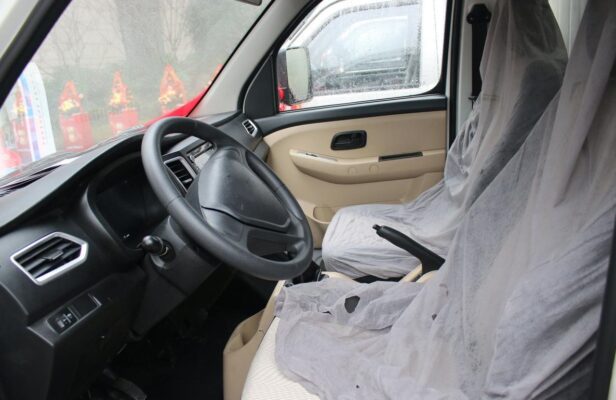
Although kaʻa uilas may not have the same durability as gasoline trucks in some aspects, this is not a major concern for many applications. If the truck is mainly used for local deliveries within the same city, the impact of durability is relatively limited. In urban environments, the distances traveled are usually shorter, and the driving conditions are not as harsh as those for long-distance hauling.
ʻo kahi laʻana, a local grocery store that uses an kaʻa uila for daily deliveries to nearby neighborhoods may not need the same level of durability as a truck that is used for cross-country transportation. As long as the kaʻa uila is properly maintained and serviced, it can provide reliable service for many years.
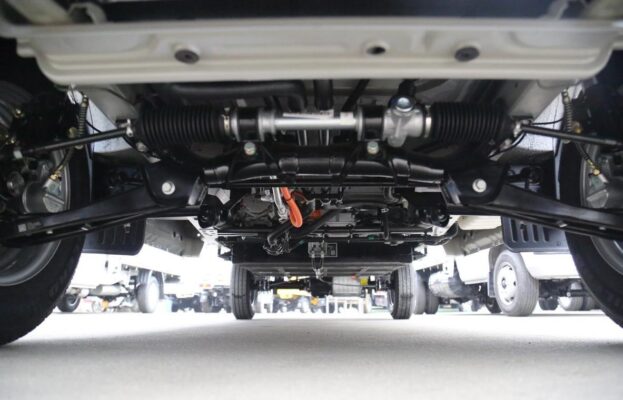
- Not affected by vehicle purchase restrictions.
I nā makahiki i hala iho nei, due to the increase in the number of cars and the significant impact of automobile exhaust on the environment, many cities in China have implemented vehicle purchase restrictions. This has led to the need for lottery systems if one wants to buy a car. Eia naʻe, kaʻa uilas are not affected by these vehicle purchase restrictions.
As long as a business buys an kaʻa uila, the car dealer will help with the registration and licensing process. Enterprises don’t need to worry about being unable to obtain a vehicle due to purchase restrictions. This makes kaʻa uilas an attractive option for businesses that need to expand their transportation fleets or replace older vehicles.
ʻo kahi laʻana, a growing logistics company that needs to add more trucks to its fleet may find it difficult to do so if they are limited by vehicle purchase restrictions. By choosing kaʻa uilas, they can bypass these restrictions and continue to grow their business without interruption.
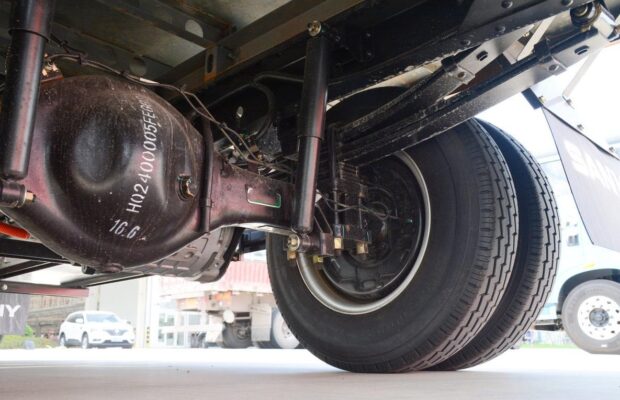
I ka hopena, so many enterprises choose to buy kaʻa uilas mainly because of several reasons. The purchase cost of kaʻa uilas is low, which allows businesses to invest less upfront capital. They are not affected by vehicle purchase restriction policies, providing more flexibility for businesses to expand their operations. Eia hou, the usage cost is low due to the reliance on electricity instead of expensive gasoline. In any aspect, the advantages of electric trucks are often greater than those of gasoline trucks.
For production-oriented and sales-oriented enterprises, kaʻa uilas offer a practical and sustainable solution for local deliveries. They can help businesses reduce costs, increase efficiency, and contribute to a cleaner environment. Whether it’s transporting goods within a city or serving local customers, kaʻa uilas are becoming an increasingly popular choice for many enterprises.
The above is “Why buy an kaʻa uila and what are its advantages?” I hope it is helpful to everyone. If you have any questions, feel free to contact us at any time.